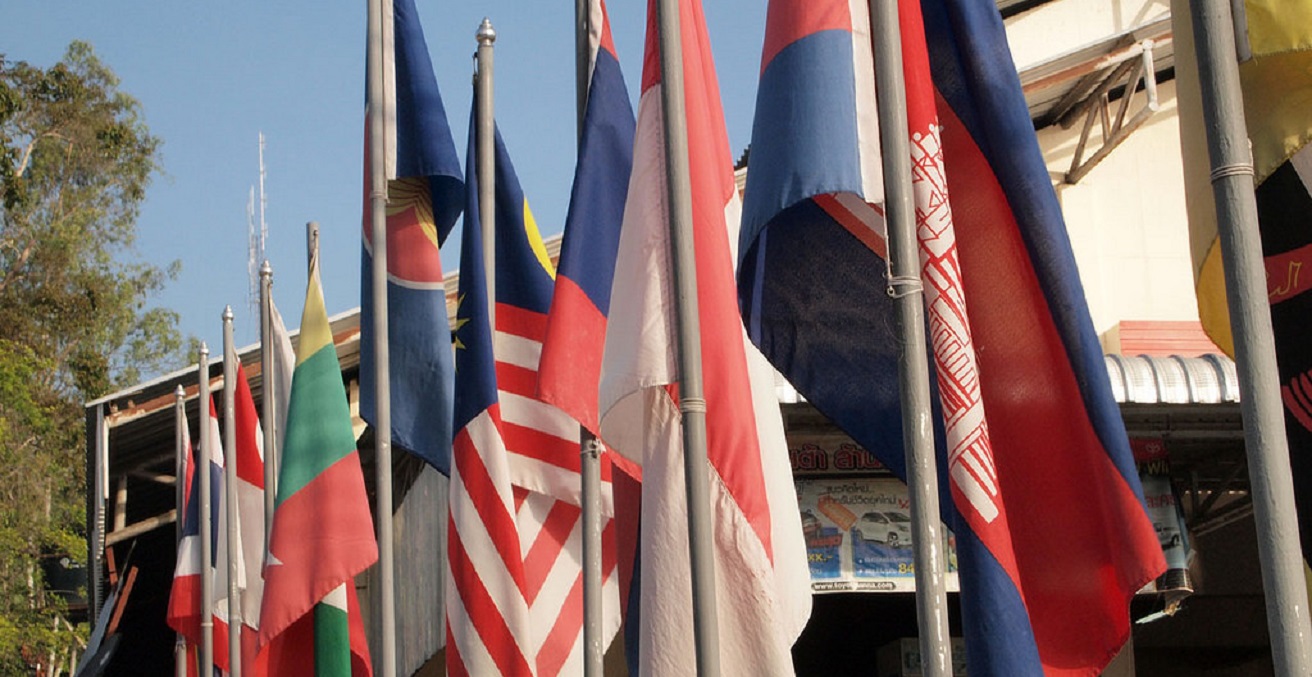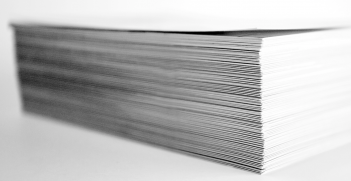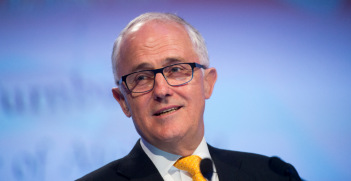Singapore, Australia, “the Quad” and ASEAN: Same Same But Different

In a region in a state of constant flux, Australia and Singapore—two very different countries internally—have found themselves in a similar strategic position. Both may have an interest in strengthening the role of ASEAN as it holds a special summit in Sydney this March.
Singapore and Australia are having to deal with the same set of problems and relationships as the strategic situation in the Asia-Pacific changes. Singapore isn’t a contender for an expanded “Quad” but, as next year’s Chairman of ASEAN, it will have an important role to play in one of the Turnbull Government’s major foreign policy initiatives, the ASEAN-Australia Summit to be held in Sydney next March.
A recent fortnight in Singapore made me realise how similar Australia and Singapore are in the foreign policy challenges they face. Of course there are differences too. Both have extremely important economic relationships with China, but ours is based on the supply of raw materials while Singapore’s is based on cooperation in high-tech areas. Singapore’s relationship with China is of course also conditioned by ethnic affinity, with 75 per cent of its population of Chinese origin. (Australia’s Chinese population is not comparable but still considerable at about one million.)
Both countries hope for a sustained serious United States “balancing” military presence in the Pacific, although we vary in degrees of formality in regard to this. We of course have the ANZUS Treaty, but while Singapore has for years provided very important port facilities for the US Pacific Fleet it has done this essentially outside formal commitments.
Looking with alarm at both future Chinese dominance and worse, the possibility of a China-US clash, both Singapore and Australia are keen to bring India into the equation. Australia has of course returned to favouring some sort of “Quad” arrangement, involving Australia, India, Japan and the US. Singapore would not see its relationship with China as allowing it to join such talks, even if invited, but in a visit to India last month Singapore’s Defence Minister, Dr Ng Eng Hen, inspected joint Air Force exercises and foreshadowed greater naval cooperation in future. He was reported as saying that “India adds a wider perspective and more robust balance beyond the US-China strategic rivalry at play”.
As to the revived “Quad”, time will tell whether it proves useful, but it’s hard to be optimistic. Despite disavowals, it is certainly seen as a mechanism to contain China; and the other rationale for it, a grouping of Asia-Pacific democracies and free market economies, fails because it is so partial; if that were the rationale, surely its participants would have sought to find a place for South Korea, Indonesia, New Zealand—and Singapore.
This leaves ASEAN, to meet with Australia in Sydney next March. The fact of the meeting should meet widespread support in Australia, where many commentators have called for us to strengthen our ties with our Asian neighbours to seek to break down the overwhelming “China-US” emphasis in discussions of the region. ASEAN is a logical institution for us to turn to; Australia was ASEAN’s first dialogue partner. ASEAN countries comprise 600 million people. Looked at as a unit, ASEAN is our third largest trading partner, after China and the EU. And it is certainly relevant that ASEAN’s largest member, and natural leader, is Indonesia, a country of enormous importance to Australia.
But beyond generalities it’s not yet clear what the meeting will produce. It’s most unlikely that ASEAN as an institution would adopt the rather shrill language used in recent months by both the Prime Minister and Foreign Minister in characterising China’s actions in the South China Sea, for example. China’s links with some ASEAN members such as Cambodia and Laos are very strong, and as recent experiences have shown are certainly strong enough to prevent ASEAN adopting positions contrary to China’s interests. China has also recently been working actively to strengthen its links more widely within ASEAN, with Vietnam for example. And the Singapore Straits Times recently applauded China’s high level efforts to promote a solution to the Rohingya issue between Myanmar and Bangladesh.
The Rohingya issue of course brings to the forefront a problem with ASEAN’s basic operating method; consensus. In a recent address on “ASEAN: Next 50”, Singapore’s Foreign Minister, Vivian Balakrishnan, said that ASEAN leaders “must be made aware of the consequences of their choices and that they could be held accountable for those choices. And yet, we have to do this while respecting ASEAN’s design feature — we cannot do anything without consensus … It is imperative that we do not … sacrifice long-term regional group interests in favour of narrower, short-term national interests”.
Of course this runs the risk of inaction or impotence in the face of appalling situations such as the Rohingya crisis in Myanmar, the anti-drug killings in The Philippines, and the arrest or exile of oppositionists in Cambodia, to say nothing of the military coup in Thailand and the 1MDB scandal in Malaysia. These are the sort of thing that has led many European, and Asian, commentators to be extremely critical of ASEAN, and to scoff at its claim to centrality in Asian affairs—“ASEAN in the driver’s seat”. Another common criticism is that the citizens of the countries that make up ASEAN, as opposed to the elites, do not have a strong sense of ASEAN identity, or “ownership” of ASEAN.
Needless to say ASEAN countries are not the only ones that can be accused of not running their affairs in the best possible way—we ourselves come to mind—and there is certainly an alternative narrative about ASEAN. A recent book, co-authored by the leading Singapore former diplomat and academic, Kishore Mahbubani, calls ASEAN a “miracle”, and says that “Apart from the EU, no other regional organisation comes close to matching ASEAN’s record in delivering five decades without any major conflicts. In many ways the ASEAN project is synonymous with peace.”
Let’s hope we can look forward to another five decades, and that, despite ASEAN’s and our imperfections, next year’s Summit is a step towards that.
Geoffrey Miller AO FAIIA is a former Australian diplomat who served in a number of Asian countries, as Deputy Secretary of the Department of Foreign Affairs and as Director-General, Office of National Assessments.
This article originally appeared in Pearls and Irritations on 14 January 2018. It is republished with permission.




